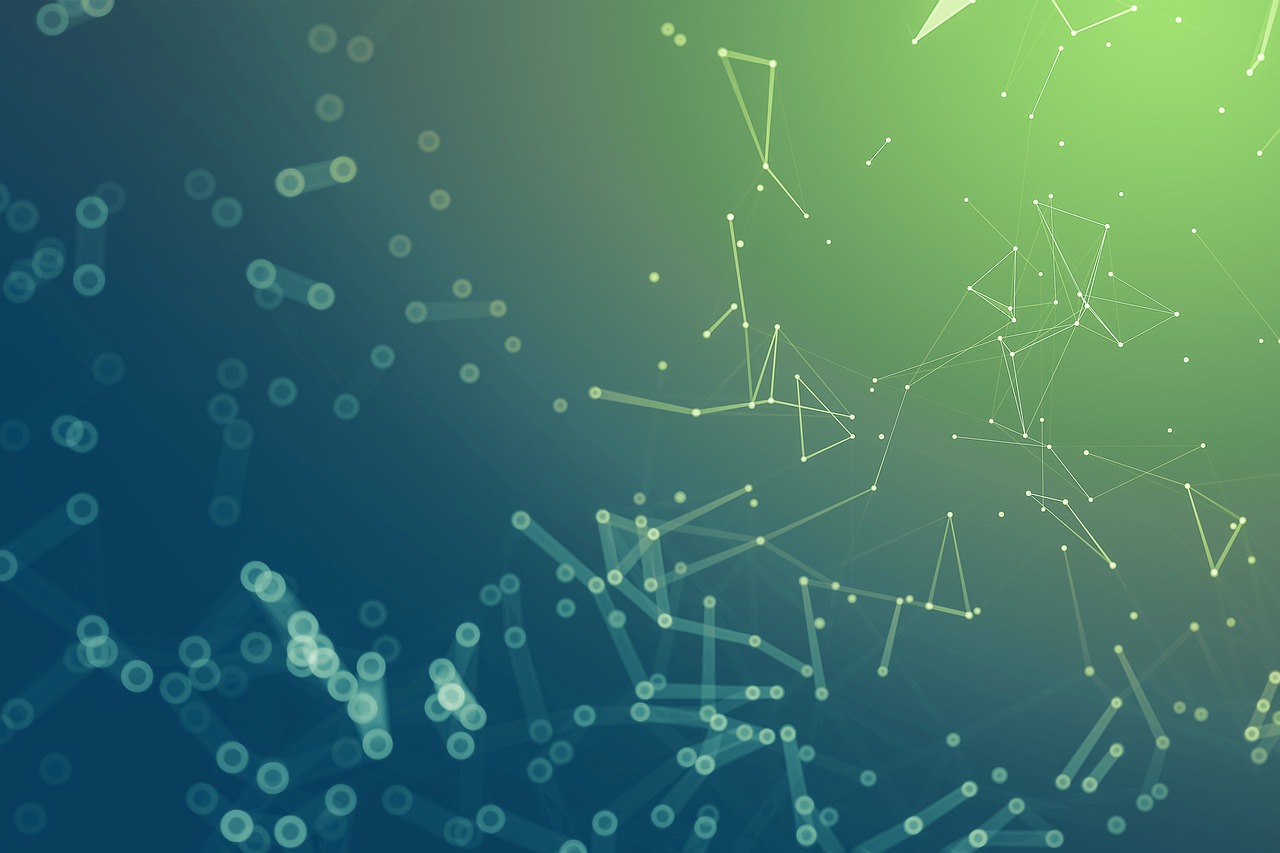Exploring the Applications of AI in Wildlife Conservation Management
In the realm of wildlife conservation management, the integration of artificial intelligence (AI) has revolutionized the way data is collected, analyzed, and utilized. AI technology is being harnessed to process vast amounts of information from various sources such as satellite imagery, camera traps, and acoustic recordings, enabling conservationists to gain valuable insights into the behavior, movements, and habitats of endangered species.
Through machine learning algorithms, AI can identify patterns and trends in the data that would be nearly impossible for humans to detect manually. This predictive analysis allows conservationists to make informed decisions regarding habitat protection, wildlife population management, and conservation strategies. The utilization of AI in wildlife conservation management not only enhances the efficiency and accuracy of data analysis but also contributes to more effective and targeted conservation efforts to safeguard the biodiversity of our planet.
AI Technology in Tracking and Monitoring Wildlife Populations
Advancements in artificial intelligence (AI) technology have revolutionized the way we track and monitor wildlife populations. Through the utilization of AI-powered cameras and drones, conservationists can now gather real-time data on animal movements and behaviors with precision and efficiency. This technology allows for more accurate population counts and identification of individual animals, aiding in better-informed decision-making for conservation efforts.
Moreover, AI algorithms can analyze vast amounts of data collected through satellite imagery and sensor networks to provide insights into habitat preferences and migration patterns of various species. This data-driven approach enables conservationists to identify potential threats to wildlife populations, such as habitat loss or human-wildlife conflicts, and devise targeted strategies to mitigate these challenges. By harnessing the power of AI in tracking and monitoring wildlife populations, conservation efforts are becoming more effective and sustainable in safeguarding the biodiversity of our planet.
Utilizing AI for Anti-Poaching Strategies
With the advancement of artificial intelligence (AI) technology, conservationists and wildlife authorities are increasingly turning to AI-powered solutions to tackle the persistent issue of poaching. AI-based systems are being utilized to analyze vast amounts of data collected from various sources, such as camera traps, satellite imagery, and on-ground sensors, to detect potential poaching activities in real-time. These systems use complex algorithms to identify patterns and anomalies in the data, allowing for swift and targeted responses to threats against wildlife populations.
One of the key advantages of employing AI in anti-poaching strategies is its ability to predict poaching hotspots and track the movements of poachers across vast territories. By analyzing historical data and incorporating real-time environmental variables, AI algorithms can generate predictive models that help authorities anticipate where poaching incidents are likely to occur. This proactive approach enables law enforcement agencies to deploy resources more effectively, ultimately deterring poachers and protecting endangered species from harm.
• AI-based systems analyze data from camera traps, satellite imagery, and sensors
• Algorithms identify patterns and anomalies in real-time to detect poaching activities
• Predictive models generated by AI help anticipate poaching hotspots and track poacher movements
• Proactive approach enables effective deployment of resources to deter poachers and protect endangered species
How can AI technology be utilized in wildlife conservation management?
AI technology can be used for tracking and monitoring wildlife populations, analyzing data to understand behavioral patterns, identifying potential threats, and developing effective conservation strategies.
How does AI technology aid in tracking and monitoring wildlife populations?
AI algorithms can analyze data from remote sensors, cameras, and satellite imagery to accurately track the movements of animals, estimate population sizes, and monitor changes in habitats.
In what ways can AI be used for anti-poaching strategies?
AI can help in predicting poaching hotspots, detecting illegal activities in real-time through the use of drones and sensors, and identifying patterns that can lead to successful interventions by authorities.
Can AI technology help in reducing human-wildlife conflict?
Yes, AI can help in predicting potential conflict areas, developing early warning systems, and implementing strategies to minimize conflicts between humans and wildlife.
How effective has the use of AI been in wildlife conservation efforts?
The use of AI in wildlife conservation has shown promising results in improving monitoring capabilities, enhancing enforcement efforts, and ultimately contributing to the protection of endangered species and their habitats.





